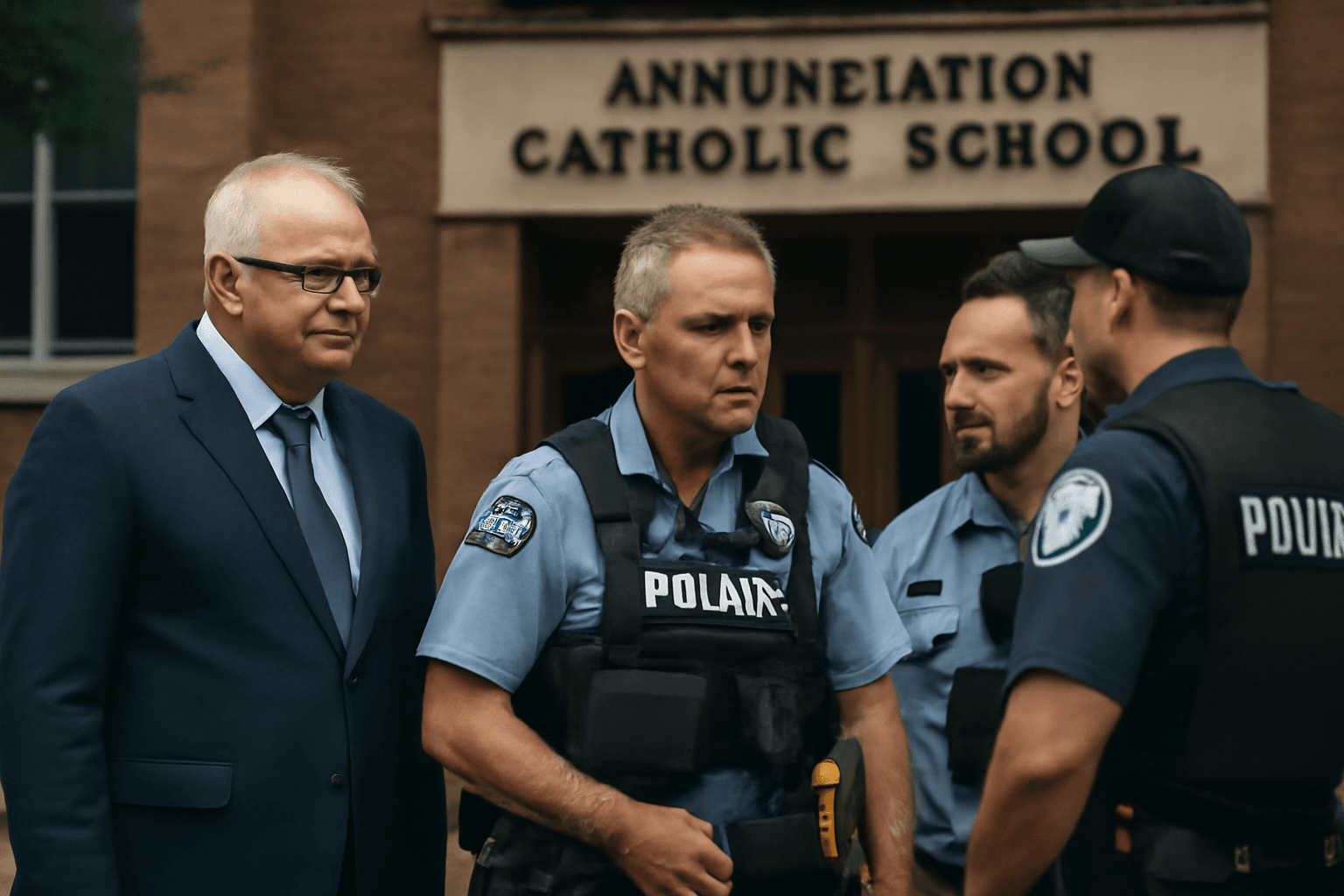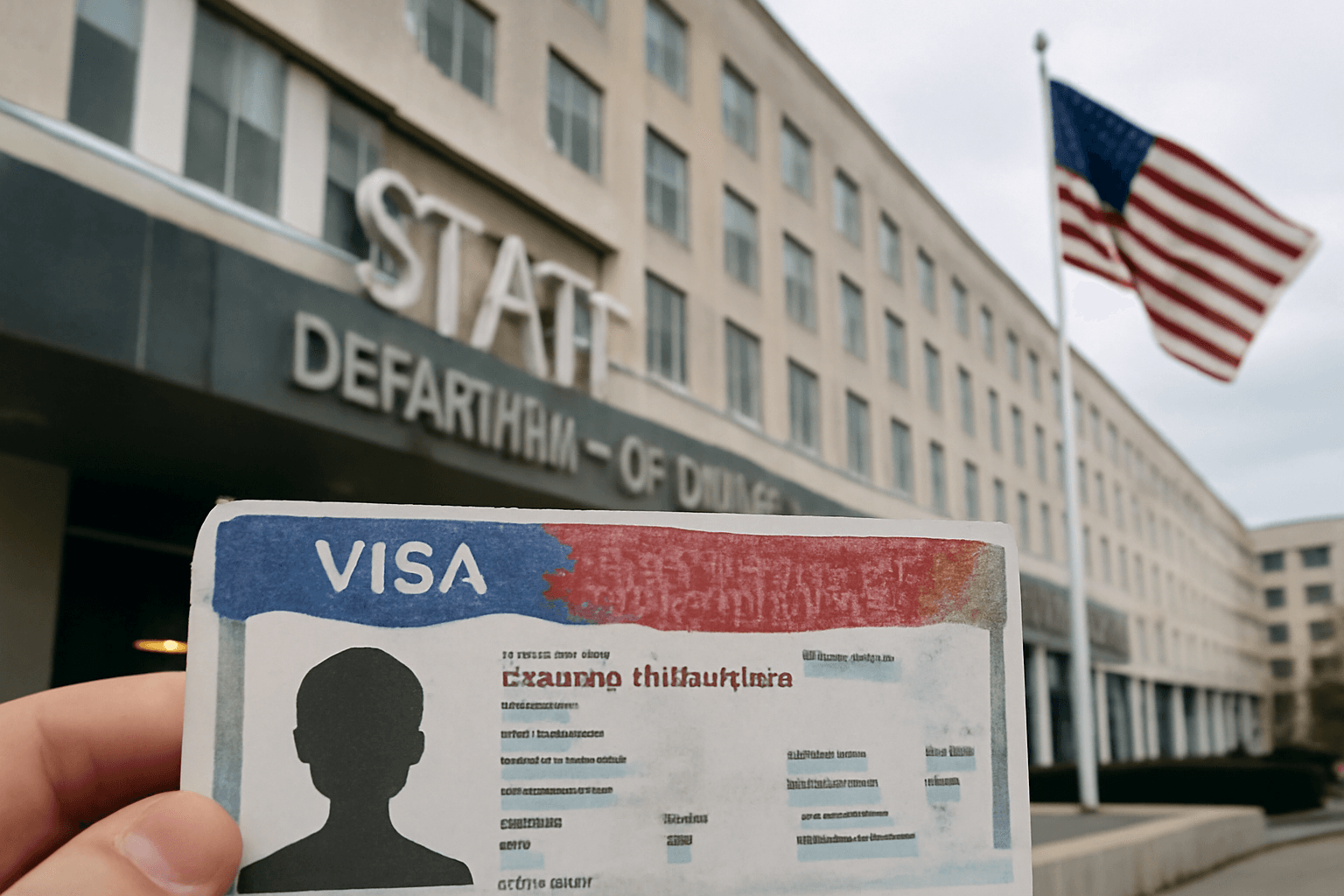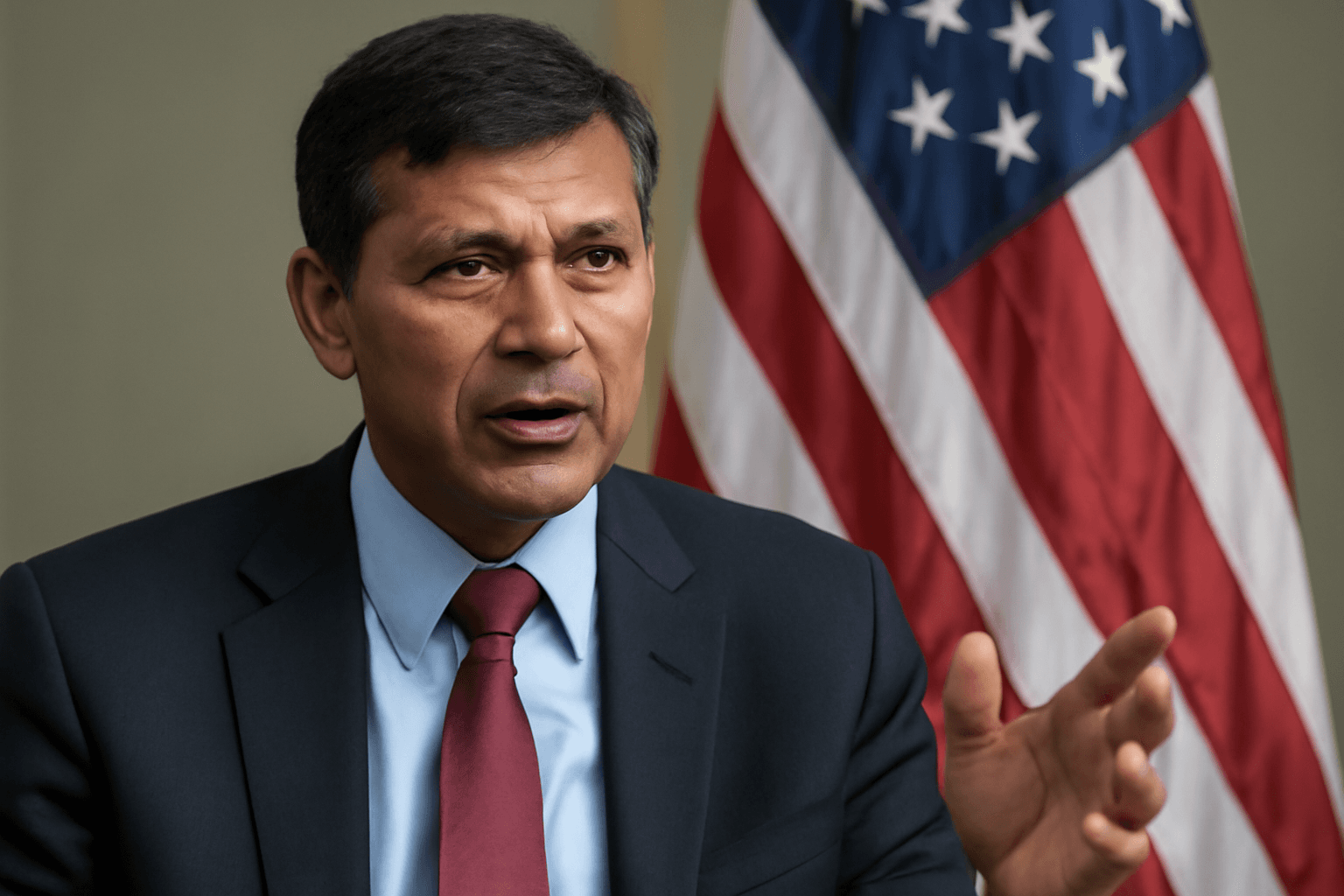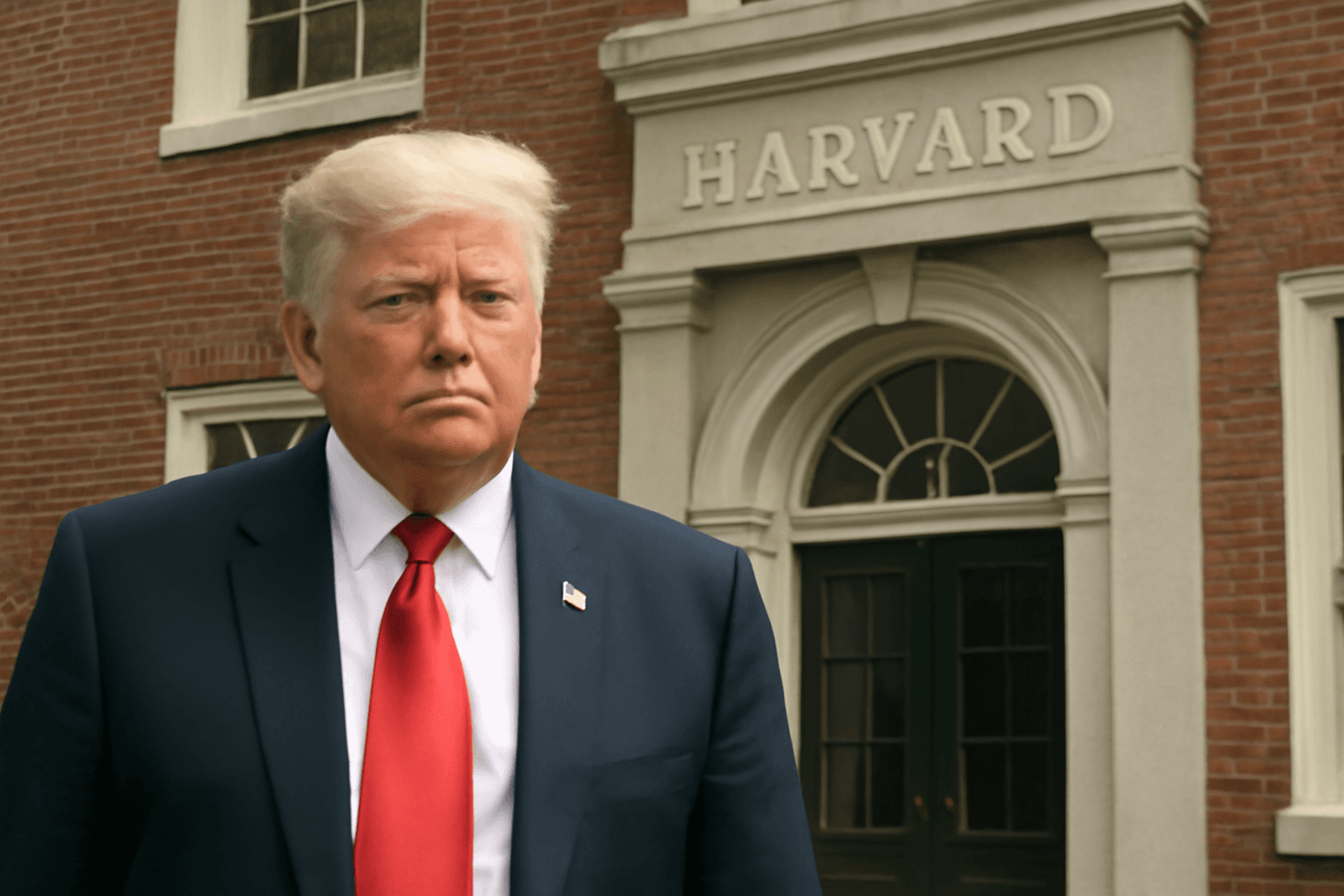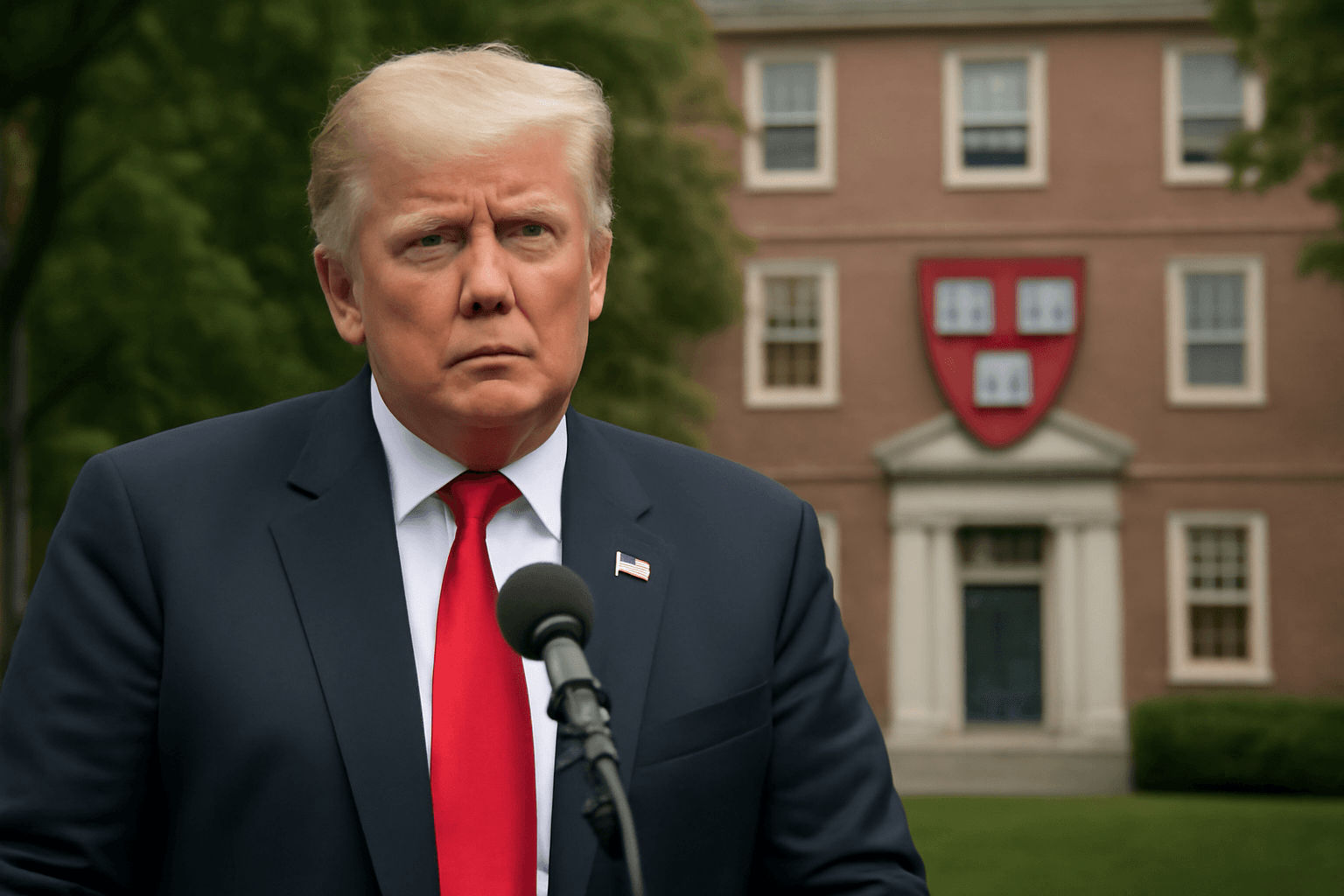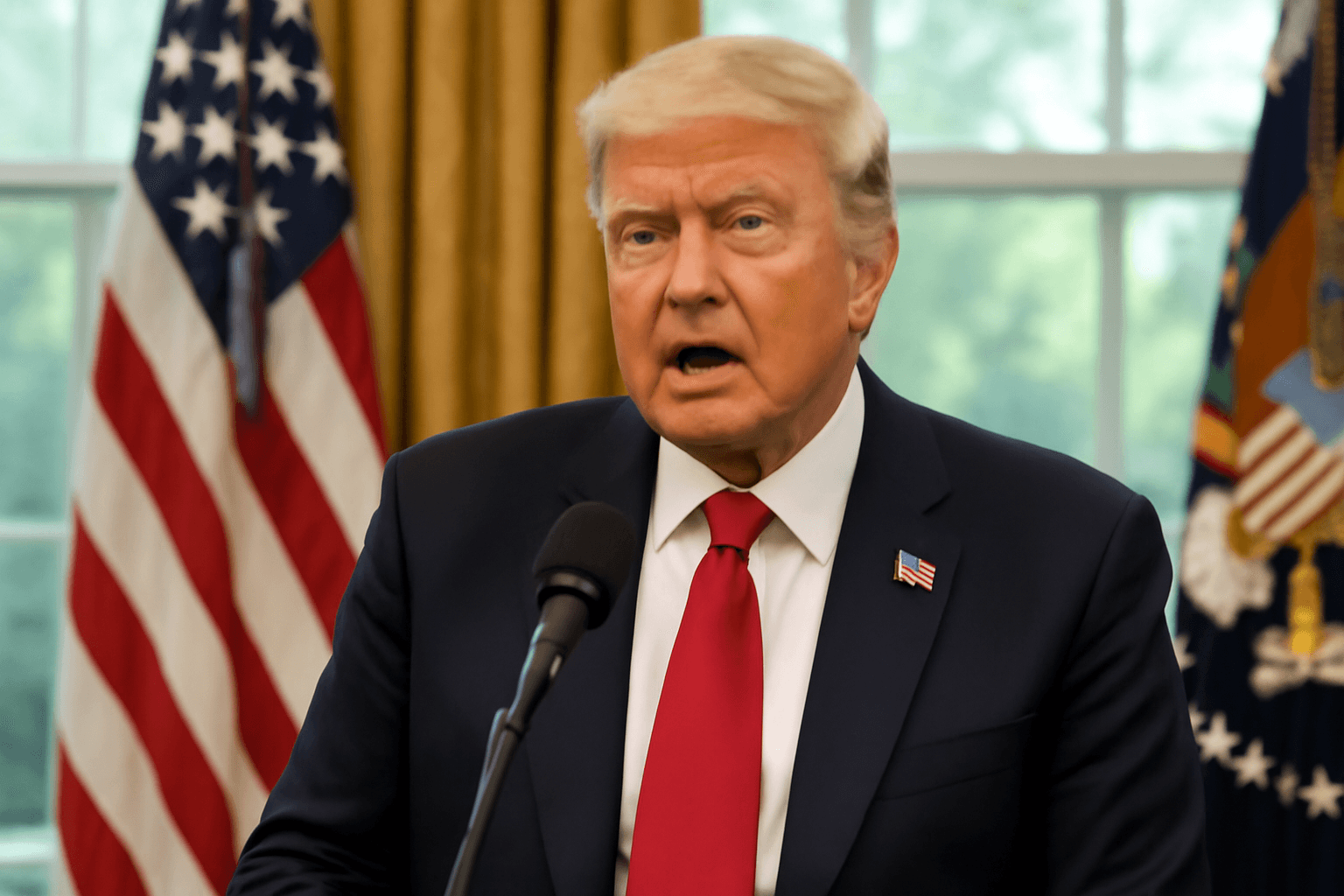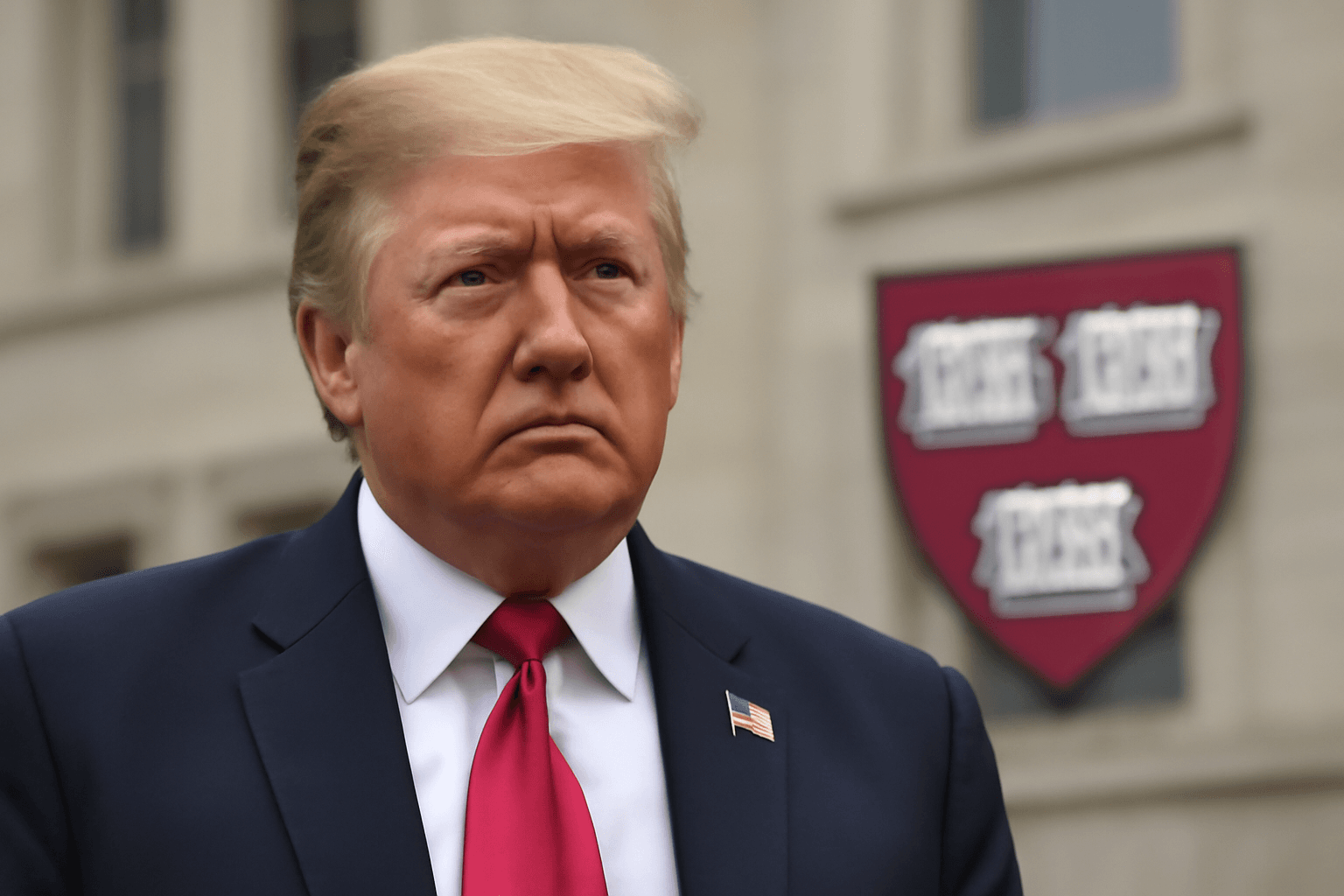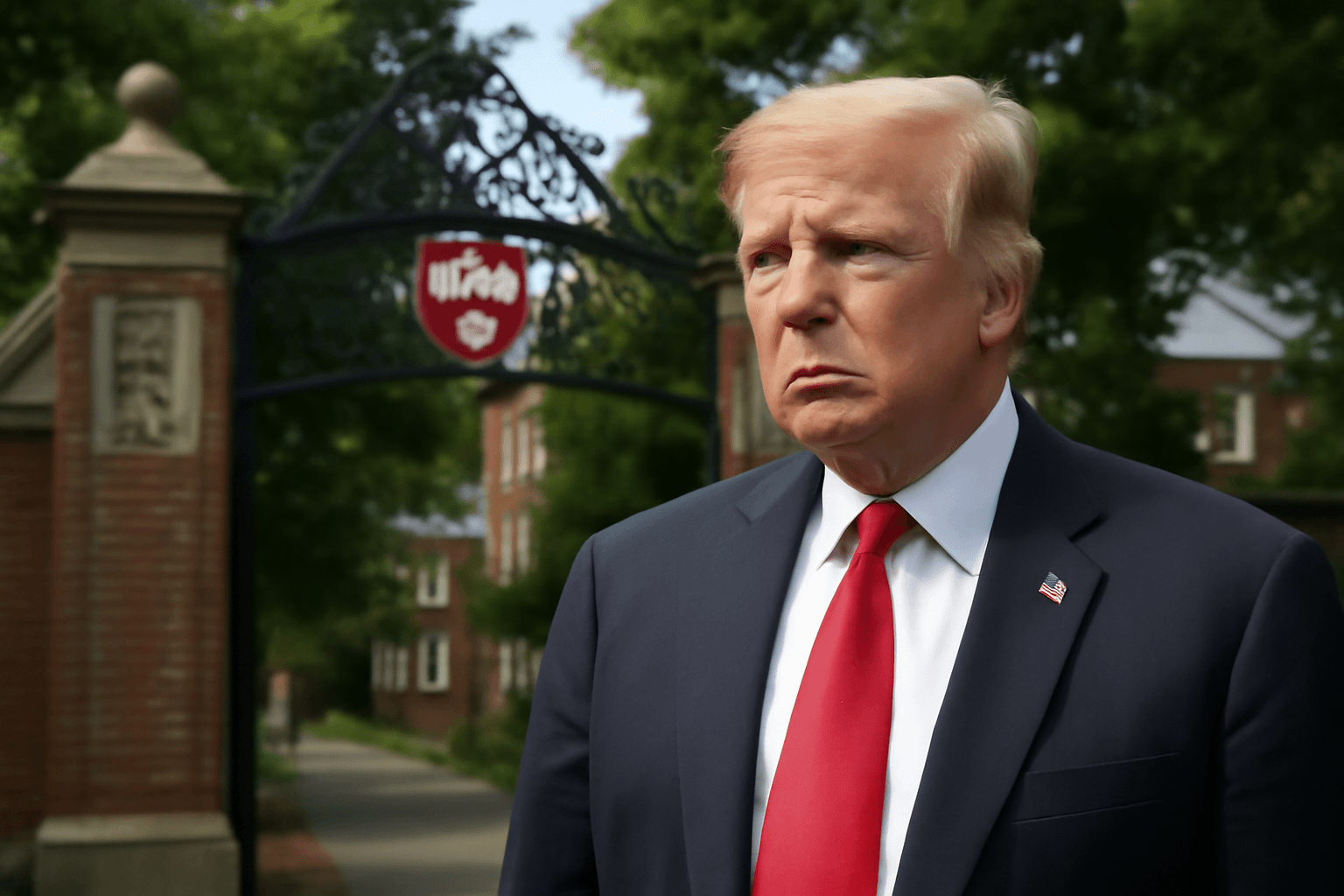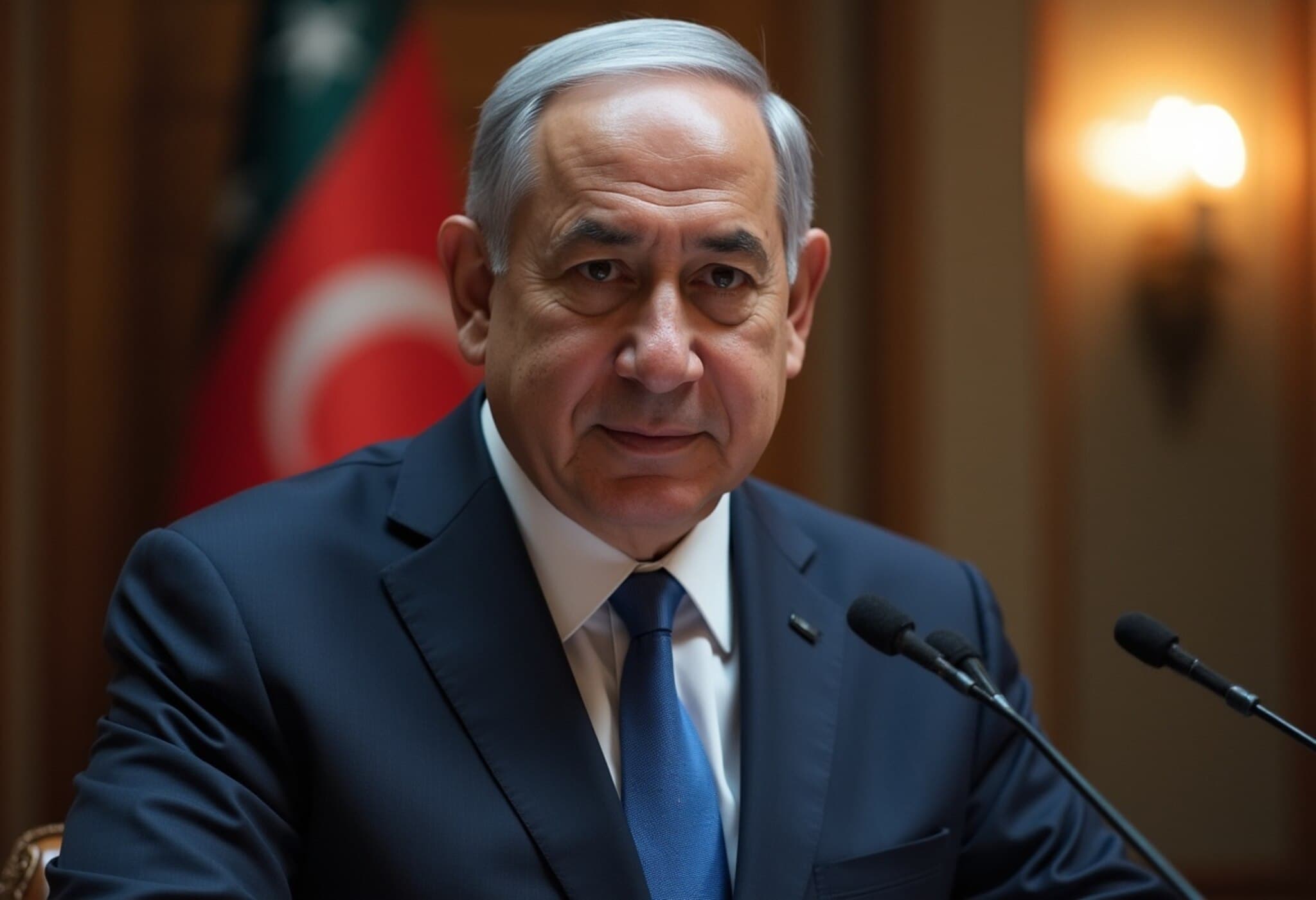Gunfire Shakes Minneapolis Catholic School in Early Days of Academic Year
On a tense Wednesday morning in Minneapolis, a shooting at Annunciation School, a Catholic institution serving pre-kindergarten through eighth grade, rattled the community during the very first week of classes. The incident, described by Minnesota Governor Tim Walz as "horrific," unfolded shortly after the academic year began, underscoring the fragile safety many students and educators face nationwide.
Swift Response and Containment
Authorities acted promptly, swiftly containing the shooter and ensuring no continuing threat to the public. While official confirmation regarding casualties remains pending, city officials emphasized that the situation was under control. The coordinated response included local police, state law enforcement, and federal agents from the Bureau of Alcohol, Tobacco, Firearms and Explosives (ATF), who collectively sealed off the school premises to secure the scene and safeguard evacuated students and staff.
Governor’s Message and Community Impact
Governor Walz, keeping a watchful eye on developments, expressed his heartfelt condolences via social media, stating, "I’m praying for our kids and teachers whose first week of school was marred by this horrific act of violence." This incident tragically interrupts what should have been a joyful return to normalcy, as social media just days earlier displayed students happily reuniting outside Annunciation School, dressed in their iconic green uniforms.
Historical Context and Broader Implications
Annunciation School, a longstanding pillar of Minneapolis education founded in 1923, has long been a community sanctuary for young learners. However, this event adds to a troubling surge of gun violence plaguing Minneapolis. Merely a day prior, a shooting near a local high school left one dead and six injured. Later that same night, separate shootings claimed two more lives across the city, amplifying concerns about public safety in urban centers.
Expert Analysis: The Challenge of School Safety in America
This shooting comes amid a national debate over how best to protect students and staff in educational settings. Experts emphasize that while rapid law enforcement action is critical, communities require multifaceted strategies—including enhanced mental health resources, community engagement, and legislative measures addressing firearm access—to prevent such incidents.
From a policy standpoint, Minnesota’s experience mirrors a nationwide call for renewed focus on school security infrastructure paired with building trust between law enforcement and local communities. Studies show schools with invested support systems and clear emergency protocols fare better in crisis situations.
Underreported Perspectives: The Emotional Toll on Students and Educators
Beyond the immediate physical danger, shootings leave enduring psychological scars. The trauma experienced by young students starting a new school year amidst violence can disrupt learning and development. This often underexplored aspect calls for expanded counseling services and community solidarity efforts, which are vital for healing and resilience.
Looking Forward: Questions for Public Dialogue
- How can local governments balance rapid-response with preventative measures to curb school shootings?
- What roles do federal agencies like the ATF play in supporting local educational institutions?
- In communities like Minneapolis, how can stakeholders reconcile the need for safety with preserving accessible, nurturing school environments?
- What policy innovations could stem the tide of urban gun violence affecting schools?
Editor’s Note
The shooting at Annunciation School in Minneapolis brings to the forefront the urgency of addressing gun violence within educational spaces. As the community grapples with shock and mourning, it prompts a deeper examination of systemic issues that allow such violence to persist. While swift containment prevented further harm this time, the event underscores the necessity for comprehensive strategies blending immediate security measures with long-term social and legislative reforms. Readers are encouraged to consider the human cost behind the headlines and support efforts towards safer, more resilient schools.

